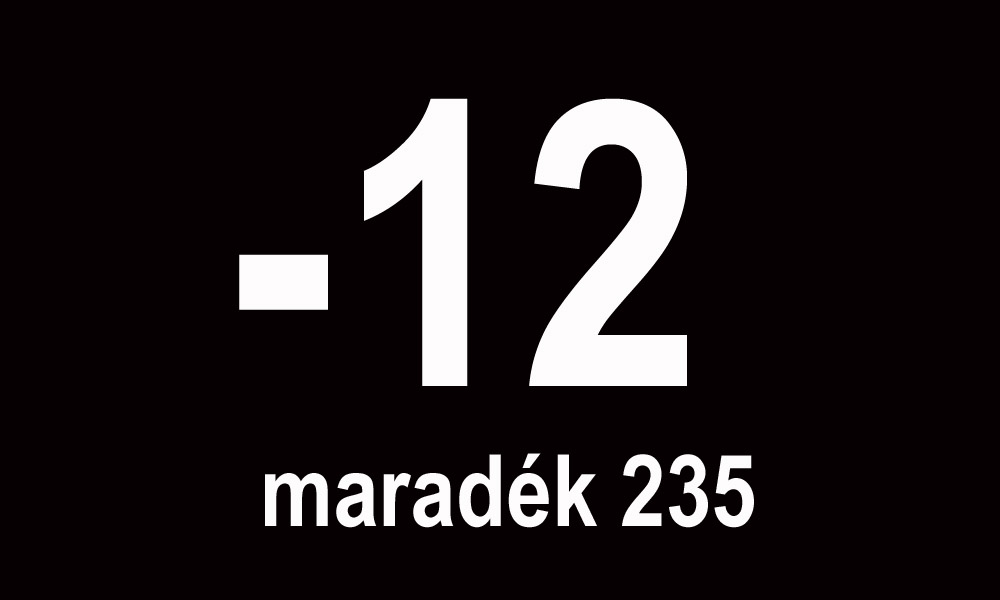In the autumn of 2013, eight major extremist groups are active in Hungary: the New Hungarian Guard, the Hungarian National Guard, the Sixty-four Counties Youth Movement, the Outlaws’ Army, the For a Better Future Self Defence, the Guards of the Carpathian Homeland, the kuruc.info and the Hungarian National Front. As a general tendency the groups are becoming less active, whilst the dominance of the “national radical” groups is growing; pushing the skinhead subculture and the Hungarist and neo-Nazi groups further to the background.
The Athena Institute has been identifying extremist groups that are active in Hungary and monitoring their actions for more than three years. The organisations’ level of activity, their threat level, their presumed number of members and their relative influence in the scene are in constant flux. Hence, a year ago, the Institute had already made big changes on our Hate Groups Map, during which several groups were given inactive status and new organisations were added. However, many things have changed in the past year, hence we realised that the time has come for another modification. Thus, henceforth, only groups with a level four or higher threat level will be put on the Hate Groups Map. The groups that have lower threat levels – that are unable to exert their actions on a nationwide level – will be transferred onto the Institute’s Watchlist.
Changes in the Groups
From the groups that used to be on the Map, the Arrabona NS Crew, the Blood & Honour Hungary, the Conscience 88 Group, the NS Straight Edge and the Skins4skinS were transferred to the Watchlist, due to their level three or lower threat level (these are organisations who are only able to carry out propaganda actions of local importance). Besides the aforementioned groups, the threat level of Pax Hungarica and the National Protection Force has been lowered below four due to their diminishing activity and influence, hence these organisations have also been transferred to the Watchlist.
The Institute also lowered the threat level of the Hungarian National front (to level four). The HNF, thus, remained amongst the major extremist groups and our experts will continue to regularly monitor their activities. However, the diminishing power and prestige of this group due to the split that it had gone through could not be ignored any longer.
Besides the above mentioned changes, three groups have become inactive during the past year: the Radical Animal Defenders (the only organisation on our map not motivated by far-right ideology), the Soldiers of the Defence Force (that has become inactive gradually since the suicide of its leader, Tamás Eszes), and the Hereditary Hungarian Guard, the first guards (offshoot) organisation that disbanded by itself.
There is only one group that has been transferred to the Map as a major hate group with countrywide relevance, the Guards of the Carpathian Homeland (GCH). Since they were becoming more and more active in the past year, they have close ties with most Hungarist/neo-Nazi and “national radical” organisations and they also started to organise their own independent hostile propaganda actions, hence stepping out of their previous proxy role, they reached the next, fourth level of radicalisation according to our experts’ assessment, thus, from now on, their activities will be regularly monitored by our colleagues.
To summarise, in the autumn of 2013, eight extremist groups are active in Hungary: the New Hungarian Guard, the Hungarian National Guard, the Sixty-four Counties Youth Movement, the Outlaws’ Army, the For a Better Future Self Defence, the Guards of the Carpathian Homeland, the kuruc.info and the Hungarian National Front. As a general tendency the groups are becoming less active, whilst the dominance of the „national radical” groups is growing; pushing the skinhead subculture and the Hungarist and neo-Nazi groups further to the background.

 MMA countdown – Free Artists welcomes the resigned MMA-members!
MMA countdown – Free Artists welcomes the resigned MMA-members! TRANSZPARENCIÁT!
TRANSZPARENCIÁT!